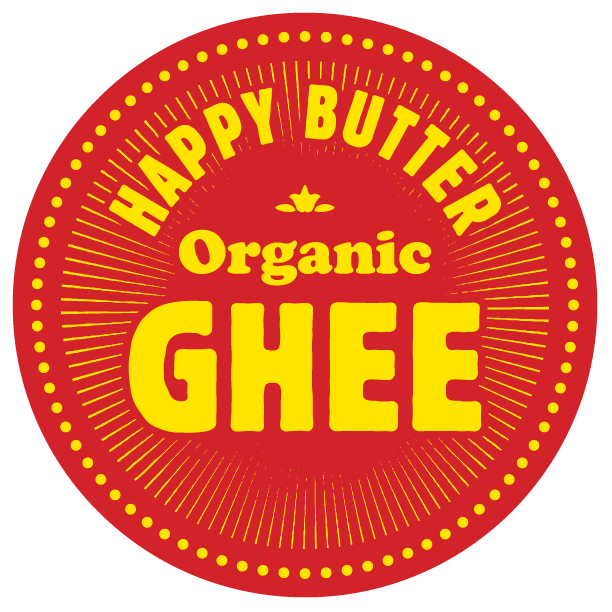How Ghee Epitomises The Slow Food Movement
Ghee is an exceptionally old food, initially created out of necessity but then embraced for its particular purity, nutty taste and the subtle character it adds to a variety of dishes.
However, the recent resurgence in organic ghee is not only a culinary victory, but it also highlights the rise of a changing mindset towards slow food and a more mindful attitude to what we consume and enjoy.
Ghee, in many respects, is one of the ultimate slow food ingredients, as it is typically made through a very slow simmer, causing the milk solids to separate from the golden ghee mixture and results in a delicious, nutritious cooking ingredient that provides many bread dishes with their characteristic flavour.
Whilst popular for so long, it did have a dip in popularity due to the conversation surrounding saturated fats, which in the wake of the popularity of fast food had started to spread internationally.
Butter, and by extension ghee, were both affected by this somewhat single-minded mentality, and as dietary advice has become more nuanced, the true benefits of ghee became far more apparent, and its use in moderation is a key to a lot of modern diets.
Much has been made of its advantages over other cooking oils such as sunflower oil and butter, most notably in the form of its higher smoke point, which is the point where an oil starts to burn and results in a burnt taste in the mouth.
However, that is also not the point, and the best feature of ghee is that it transcends typical nutrient and calorie counting and is used as part of the flavour profile of so many parts of Indian cuisine, from soups to marinades and as a cooking base.
Ultimately, slow food is about a holistic approach to cuisine, focusing on nutrition, local delicacies and mindful eating, and ghee is a key part of all three of these experiences.
